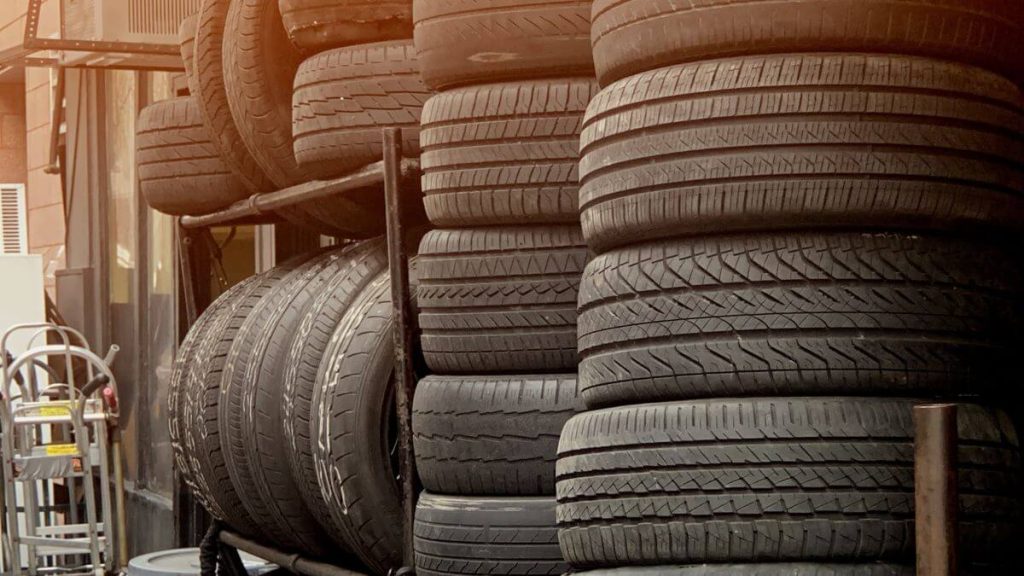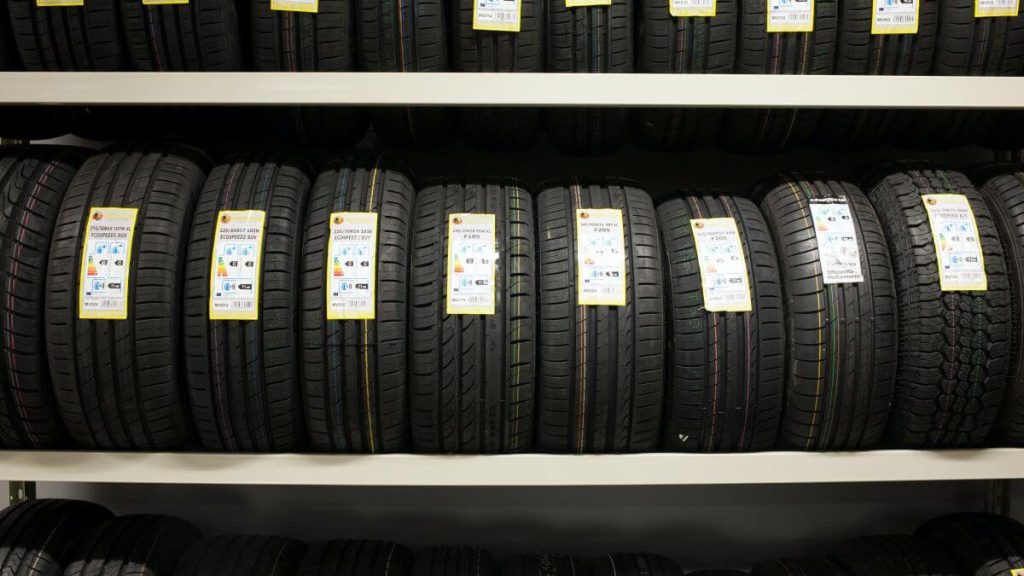
Seasonal tire storage - what you need to know about it?
Content
- How to store tires - several options to choose from
- How to store tires without rims?
- How to store tires with rims?
- Tire storage and preparation
- Before thinking about how to store tires, i.e. how to clean them
- Tire storage and proper protection
- Storing tires in the garage - the most common mistakes
- Tire fitting with and without rims - useful accessories
Tire storage isn't just about finding the right angle for them, it's also about keeping them clean before seasoning. A lot also depends on whether you only store tires or tires mounted on rims.
The storage location of the second set of tires is of great importance for their service life. Different conditions apply to winter compound and summer compound. Compliance with these rules is very important, because otherwise it is very easy to damage the tires, for example by deformation, and we know that a new set is definitely not a small investment.
How to store tires - several options to choose from
The first thought that comes to mind is probably a garage. And there is nothing strange in this. The garage is a great place for tires, because inside they do not get the sun's rays. Rubber can lose its properties when exposed to excessive sunlight. It cracks and crumbles faster. She's safe in the garage.
You can also store tires:
- in the basement;
- on the balcony or attic;
- in a warehouse or curing plant.
Another suggestion is a basement. It usually has a stable thermal regime, there is no variable humidity, and the sun does not reach it. Still others store their tires on the balcony or attic, but here you need to use additional accessories. There are also warehouses or curing plants offering seasoning services.
How to store tires without rims?
If you decide to store tires without rims yourself, follow our advice. Tires stored in bulk have no internal air pressure and can easily deform. Therefore, do not stack too many pieces - a maximum of 4 pieces.
Nothing prevents you from installing the tires vertically. They don't need to support any weight other than their own, so a season spent in this position won't hurt them. Also consider a stand to keep the tires from tipping over.
How to store tires with rims?
The rims have centering holes for easy mounting on the stand. It is usually made from a single tube, a base, and a few locks so that the wheels do not lie directly on top of each other. This helps save space. You can place the wheels in the corner of the room.
If you are looking for other wheel storage options, you can use hangers and hooks. They are also structurally based on a strong tube that fits into the centering holes of the rim. It can be standing or hanging.

Tire storage and preparation
Sometimes worse than improper tire storage is your lack of interest in the condition of your tires. Why? While driving, the wheels are exposed to water, mud, sand, chemicals (oil, gasoline) or salt.
If they are dirty, it may turn out that the beginning of corrosion will appear on the rims, and the rubber will lose elasticity and begin to crack. And this will simply lead to the fact that it will wear out faster and you will have to go to the store for new tires faster.
Before thinking about how to store tires, i.e. how to clean them
Washing tires is a fairly simple task. However, tire storage requires their tires to be thoroughly cleaned after the season. You can use a high pressure washer for this. Thanks to him, you will get rid of dirt, sand and grease residues from the rim and wash the stones from the tread.
Following:
- use a detergent (preferably not aggressive), which can be dishwashing liquid or shampoo with wax;
- try to get a brush to every nook and cranny and put a little effort into this activity;
- after cleaning, rinse the wheels with plenty of water and let them dry.
Tire storage and proper protection
If you wash the tires, you can put them away for seasoning. Many manufacturers recommend packing each wheel in a separate plastic bag. Wrap the tires and rims well in a bag, then seal them with tape.

Thanks to this treatment, you will slow down the aging process of rubber. Contrary to popular belief, tire storage does not require the use of additional chemicals to protect the rubber.. Remember, though, that you need to make sure the bags are dry before bagging your tires.
Storing tires in the garage - the most common mistakes
The first problem arises at the very beginning, i. when preparing a place for tires. If you don't clean them, you will most likely make a lot of mess. Putting them in a case will solve the problem, but the material you use to protect your wheels gets dirty quickly too.
Another problem is the wrong place to store tires. Summer tires feel bad at sub-zero temperatures, and winter compounds at heat sources. It is better to avoid extremes and keep the wheels at the same or stable temperature. 15 degrees Celsius will be optimal.
Tire fitting with and without rims - useful accessories
The simplest structures for storing tires are hangers. Adjustable tires are a good option because they allow you to change the position of the tires. With tires without rims, you can extend the suspension and hang the tires horizontally. Once they are on your rims, you can narrow the frame and stack them on top of each other.
Tire rack
For those who have several cars, tire fitting may be useful. For stability, you can attach it to the wall. The sturdy construction allows multiple rows of sets to be placed on it. In a small garage, a small vertical stand with a centrally located wheel tube will come in handy.
Storing tires is a seemingly insignificant task. However, if you take care of your tires, you will benefit, especially when putting on rubber. As I understand it, it's better to do this on clean and well-groomed disks than on dust-stained disks? Protecting these important parts of your car will save you money that a careless owner would spend on new tires because old ones wear out prematurely.